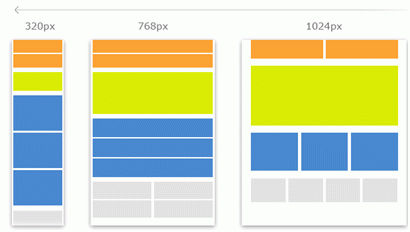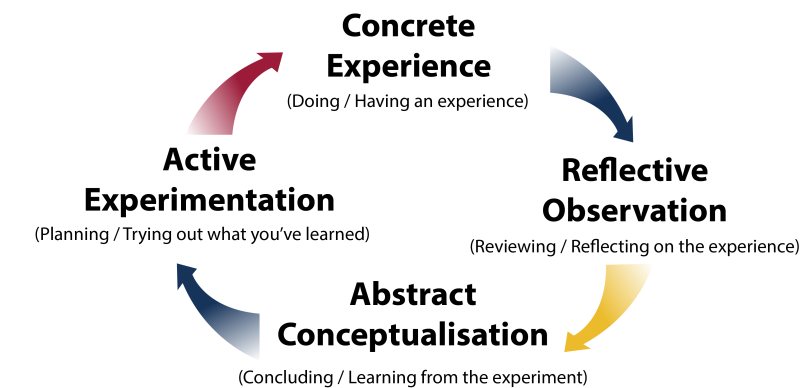Disclaimer: I have not received the learning resource from Learning Pod 10 and this feedback is based on the learning resource draft document. Once the interactive learning resource is ready for testing, I’d be happy to update the feedback document.
Learning Pod 10’s Interactive Learning Resource Draft Document
General Feedback
- I think Quizlet is a great choice for a learning resource, but I don’t think Quizlet alone is sufficient as a primary learning resource. This is due to the nature of Quizlet as a term-definition matching tool rather than a complete learning tool. As a result, Quizlet doesnt provide context to the learning material. I think if you prepare a primary learning resource (blog post, videos, tutorials, etc) along with Quizlet, you will have a more effective learning resource!
- Correct me if I am wrong but I was not able to find the learning outcome of the learning resource. I think making it clear what the learning outcome of the learning resource will clarify the objectives of the learning resource.
- I was also not able to find section on how the learning outcome will be assessed. I think adding a section on assessment plan for the learning outcome will be beneficial.
- From my personal interactions with Quizlet, I learned the best while creating the questions on the Quizlet as a learner, not an educator. I think it will be good to mention how not only educator can use Quizlet, but the learner can create their own learning resource through Quizlet.
Specific Feedback
Below are feedback to specific parts of the learning resource draft document.
A lot of teachers have in many cases endeavored to create customized books and study guides as a means of promoting interactive learning. However, this activity is tedious and time-consuming. Therefore, to make things easy, most teachers have resorted to using the Quizlet app.
Feedback: Great rationale on why an educator might use Quizlet, but I don’t think you should say “most teachers have resorted to using Quizlet app” unless there is study on how many teachers use Quizlet. I would instead provide more reasons why Quizlet is better than other learning resource management tool.
“This resource is based on constructivism learning theory. This theory emphasizes the important roles that learners play in building, understanding, and drawing meaning from information received when they interact with their peers or with different contexts … Quizlet allows students to learn through interactive study.”
Feedback: I agree that constructivism is an effective learning theory, but I am not sure if it aligns with Quizlet as an interactive learning resource. Even though Quizlet provides multiple modes for learners to learn a word and its definition, I believe the tool is specifically made to help the learner memorize terms and definitions. I think learning theory that focuses on learning from repetition will align better with Quizlet.
From these outcomes, a system that will ensure that all citizens have access to quality education is making funding to poor neighborhood schools a priority
Feedback: It wasn’t clear to me what the correlation between paragraphs about education not being equality delivered to those in poverty and the interactive learning resource assignment. I think it would be great to add additional clarification on the topic.
Ending Thoughts
I think your learning pod is heading towards the right direction and I am excited to see how a learning resource tool that I used so many times are being used in this course! Please let me know if you have questions/clarifications on any of my feedback and once you have the actual Quizlet page ready, please feel free to share it with me and I can update the feedback. Great job!






Recent Comments